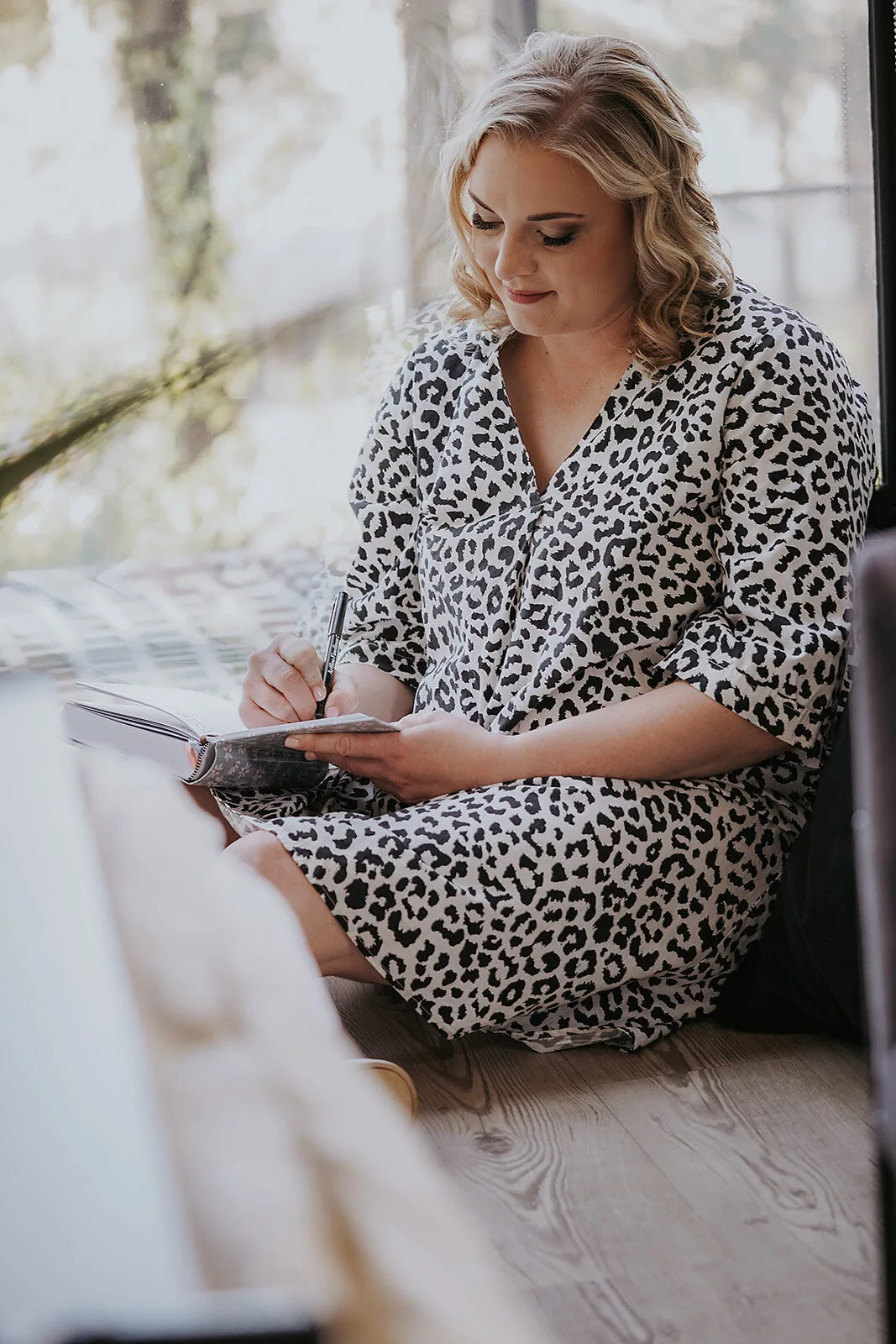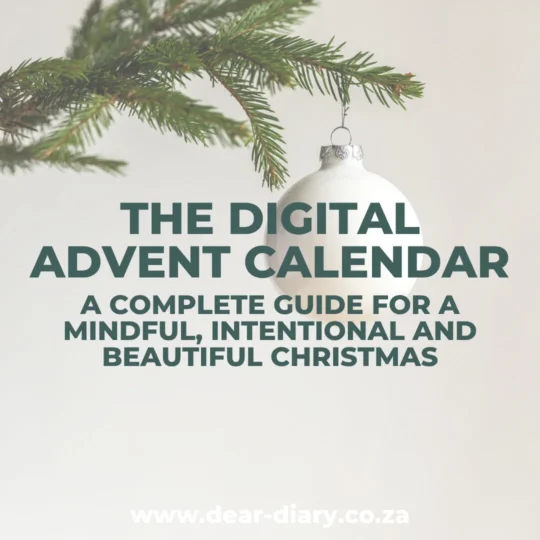You’ll create daily joy by incorporating themed spreads that blend function with creativity—try ocean-inspired layouts for calming busy weeks, seasonal animal motifs celebrating local wildlife, or heritage-themed designs using lively colours. Add interactive elements like mood trackers titled “Things That Make Me Happy,” two-monthly habit trackers for sustainability, and goal-setting pages using three-box minimalism. Improve designs with washi tape, rhinestone day markers, and hand-lettered headings that reflect your personality and uncover advanced techniques below.
While most planners start as pristine blank pages, they don’t have to stay that way. You’ve got endless opportunities to reshape your weekly spreads into something that genuinely sparks joy every time you flip open that cover.
Start with your structural foundation. Single-page weekly spreads maximise your available space without overwhelming you with too much white space.
Try vertical daily boxes that give you ample writing room, or experiment with split-page layouts where you divide upper and lower halves for different content types. You can create visual interest through alternating up-down box patterns or even diagonal placements for a more lively feel. This approach works particularly well during the festive December holidays when your schedule becomes more complex.
Your thematic design choices can completely alter how you interact with your planner. Ocean-inspired spreads using water and sand textures bring calming vibes to busy weeks, perfect for those sweltering Gauteng summers. Animal themes work brilliantly – imagine dedicating a full week to Big Five motifs with corresponding doodles and stickers celebrating our incredible South African wildlife.
Seasonal and holiday layouts enhanced with themed doodles keep your planning fresh year-round. Don’t underestimate the power of integrating washi tape and stickers from planner kits. Heritage Day and Freedom Day spreads offer wonderful opportunities for incorporating our rainbow nation’s vibrant colours.
Functional tracking systems deserve equal attention to aesthetics. You’ll find cleaning schedules with fortnightly task breakdowns incredibly helpful when broken into manageable visual chunks. Family dinner menu planning becomes more engaging with occasion-specific doodles marking date nights or braai celebrations.
Create “Things That Make Me Happy” spreads for mood tracking, perfect for tracking those gorgeous Cape Town sunset moments. Two-monthly habit trackers prove more sustainable than overwhelming monthly versions. Consider adding space for tracking load-shedding schedules alongside your regular appointments. For comprehensive wellness monitoring, incorporate menstrual cycle tracking alongside your regular health habits to maintain holistic wellbeing awareness.
Simple decorative techniques pack maximum impact. Try highlighted rectangles embellished with circular stickers, or use stripe-ruled accents to create colour block backgrounds.
Torn scrapbook paper edges add textured borders without requiring artistic skills. Rhinestone clusters make excellent day markers, whilst maintaining uniform box sizes keeps your weekly designs cohesive. Monthly themes can inspire creative ventures beyond single projects, enhancing your overall planning creativity and pushing you to experiment with different styles throughout the year. You can work alongside your colouring pages for mindfulness as they help reduce stress whilst you design your weekly layouts. Local craft shops often stock beautiful African-inspired papers that add unique cultural touches.
Personalised content integration makes your planner uniquely yours. Goal-setting layouts using three-box minimalism prevent overwhelm whilst maintaining focus. A dedicated goal-setting page can help you track both curriculum objectives and personal growth milestones throughout the year. A double-page monthly overview works perfectly for mapping out major assessments, parent evenings, and essential deadlines in an easy-to-scan format.
Tuck tagged mindsets into corner spaces for quick reference. Hand-lettered day and date headings add personal touches that digital planning simply can’t replicate, especially when incorporating beautiful local languages like isiZulu or Afrikaans phrases.
Quote stickers serve as inspirational focal points featuring wisdom from leaders like Nelson Mandela. You can journal on the reverse of interactive tags for private reflection. Adding a personal motivational quote relevant to your experiences creates deeper connection with your weekly planning process.
Interactive border designs boost functionality. Create decorative paper pulldown tabs for hidden notes, or use washi tape to reinforce edges for structural durability.
Surf-edge torn paper transitions between sections look effortlessly creative, reminiscent of our stunning coastline. Corner tucks with hidden journalling maximise space usage, whilst rhinestone-accented day headings add subtle glamour perfect for Joburg’s sophisticated style. Many successful planners appreciate the structured layouts that provide consistent frameworks whilst still allowing creative freedom to flourish.
Creative space utilisation guarantees no area goes to waste. Design dual-purpose layouts combining planning with creativity zones, ideal for accommodating both work schedules and those spontaneous weekend getaways to the Drakensberg.
Leave empty spaces for spontaneous doodling when inspiration strikes. Extend monthly spreads into weekly planners for seamless transitions between planning periods. Use size-variable boxes for task prioritisation – bigger boxes naturally draw attention to important items like school holidays or public holidays.
Cross-vertical spreads spanning two pages work perfectly for project planning or mapping out those epic year-end December coastal holidays. Consider trying eight big boxes layouts that provide ample room for writing paragraphs about each day when you need extensive planning space. Creating an About Me page alongside your regular spreads encourages personal reflection and helps capture your evolving identity over time.
Frequently Asked Questions
How Much Time Should I Spend Creating Each Creative Spread Daily?
You should spend 5-15 minutes daily creating each spread. Allocate more time during low-energy periods for decorative elements, but prioritise functionality when you’re busy. Batch similar designs weekly to reduce repetitive effort and maximise efficiency.
What Supplies Do I Need to Start Making Joyful Planner Spreads?
You’ll need Pilot Frixion erasable pens for corrections, colourful washi tape for borders, custom stickers for motivation, sticky notes for prompts, and erasable highlighters for coding tasks and events effectively.
Can Creative Spreads Work in Digital Planners or Only Physical Ones?
You’ll find creative spreads work brilliantly in digital planners! You can easily rearrange elements, use unlimited stickers, add hyperlinks between pages, and incorporate photos or voice memos that aren’t possible with physical planners.
How Do I Maintain Consistency With Creative Spreads When Feeling Uninspired?
When you’re feeling uninspired, stick to your reusable templates and basic supplies. Schedule those weekly 20-minute sessions anyway—momentum matters more than perfection. Celebrate ugly spreads as progress, and remember consistency beats creativity.
Are There Beginner-Friendly Creative Spreads for People With No Artistic Skills?
You’ll love starting with simple doodle tutorials and sticker-centric layouts. Try colour-coded trackers, basic geometric patterns, and grid-based designs. These require minimal artistic ability whilst creating beautiful, functional spreads you’ll enjoy using daily.





